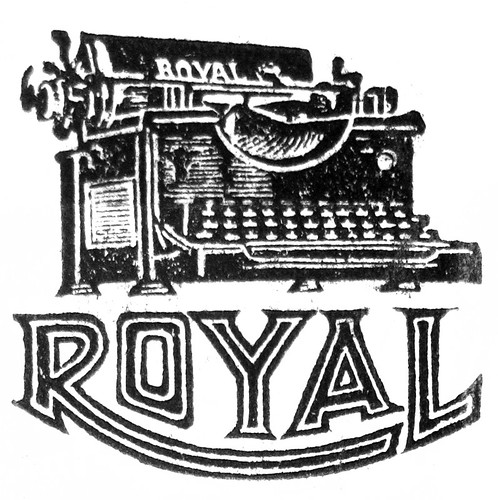- colrehogan
- Key Master
 Offline
Offline 
- From: Granite City, IL
- Registered: 05-2-2015
- Posts: 612
Cleaning enamel paint
One of my machines has what I think is enamel paint on it. I tried to clean it with some windex but it seems to have a white haze on it now. What did I do wrong? Also, is it possible to get these painted? There is a quarter sized spot where some paint came off on a side panel - metal - and it is rusted there.
Smith Premier typewriters are cool!
- Uwe
- Moderator
 Offline
Offline 
- From: Toronto, Canada
- Registered: 12-3-2013
- Posts: 4,410
Re: Cleaning enamel paint
As far as I know Windex has ammonia in it. I'm not a paint expert, but it's my understanding that ammonia is not good for paint. And depending on the age of your machine, and the life it's had, its paint could be very fragile and easily damaged. It's possible that the Windex has damaged the paint surface of your typewriter, but I wouldn't presume to guess which type of paint it has without knowing its make/model/year. Paint material and techniques changed dramatically over the history of typewriter manufacturing.
Generally speaking, I only use products that were specifically engineered to clean painted surfaces, and mostly automotive products at that, when cleaning a machine's painted parts. And glass cleaner, which can also damage other materials used on a typewriter, is best left to cleaning glass.
The pronoun I has always been capitalized in the English language for more than 700 years.
- colrehogan
- Key Master
 Offline
Offline 
- From: Granite City, IL
- Registered: 05-2-2015
- Posts: 612
Re: Cleaning enamel paint
1921 L.C. Smith. See link below. It's not really visible in the picture, only close up. What do you use? I hear about car wax, but isn't that supposed to go on after it's clean? Sorry, I've never waxed my car so I don't know.
Smith Premier typewriters are cool!
- •
- TypewriterGuy
- Typewriter Talk Vet
 Offline
Offline 
- From: United States
- Registered: 24-4-2015
- Posts: 1,250
Re: Cleaning enamel paint
I use auto or rv cleaner (It cleans better, just gotta be careful more) on my typewriters, and have not had an issue with it.
Back from a long break.
Starting fresh with my favorite typer. A Royal Futura!
- treefaller
- Touch Typist
 Offline
Offline 
- From: The Dalles, Oregon, USA
- Registered: 24-9-2015
- Posts: 153
Re: Cleaning enamel paint
Automotive car waxes are almost always a "cleaner/wax" meaning that there is a small amount of abrasive in there to take off some oxidized paint. So it works really well for cleaning stuff like tobacco smoke residue off of smooth paint. It also works well for chrome if there are only some light rust pits.
If your typer is already good and clean then you might want to look into a pure wax without any abrasives. You'll have to read the label carefully. I've heard the names Excalibur and Renaissance wax on this forum, but I've never used them. With all waxes and cleaners, go easy around the decals.
Bangin' around, this dirty old town, typin' for nickels and dimes...
- Uwe
- Moderator
 Offline
Offline 
- From: Toronto, Canada
- Registered: 12-3-2013
- Posts: 4,410
Re: Cleaning enamel paint
colrehogan wrote:
It's not really visible in the picture, only close up. What do you use? I hear about car wax, but isn't that supposed to go on after it's clean? Sorry, I've never waxed my car so I don't know.
Given the overall condition of your machine's paint, I wouldn't worry about your small, self-inflicted blemish. In the process of educating myself about the tolerances of old paint I've done far more damage, and that was to machines that otherwise were in pristine condition. I now have a good handle on how far older paints can be pushed when cleaning and detailing a typewriter.
If you visit your local automotive supply store you'll find myriad products designed to safely clean painted surfaces. I would suggest using milder formulations to begin with, those that describe themselves as being suitable for daily or regular cleaning. With respect to waxes, I use a Carnauba-based product that claims it "cleans, polishes, and protects." It works well on paint that is still in good condition, but you have to exercise caution when using it. There is a temptation when using waxes to keep pushing for a better shine, and that's when you'll cause irreversible damage to the paint, especially on older typewriters such as your 1921 model. Sometimes it's only the dirt on the paint's surface that is holding everything together. Always test what you're about to use on an inconspicuous section of paint first, and even then, when cleaning painted surfaces it's better to err on the side of caution.
The pronoun I has always been capitalized in the English language for more than 700 years.

 1 of 1
1 of 1